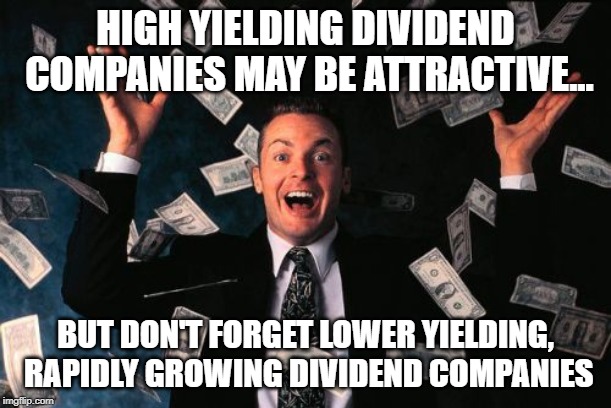
June Dividend Increases:
Dividend Increase #1: Realty Income (O)
As I expected in the previous dividend increase post, Realty Income raised its monthly dividend 0.2%, from $0.2260/share to $0.2265/share. This increased my annual forward dividends by $0.024 across my 4 shares.
Dividend Increase #2: WP Carey (WPC)
WP Carey came in with another quarter of somewhat disappointing dividend growth, announcing a 0.2% increase in its quarterly dividend, from $1.032/share to $1.034/share. This increased my annual forward dividends by $0.024 across my 3 shares.
Wild Card: Philip Morris International (PM)
Unless Philip Morris announces a last minute dividend increase in June, the company didn't increase its dividend in June like it did last year. I would assume the increase last June was an anomaly as the company felt compelled to keep up with its peer, Altria and the two dividend increases it announced last year. At any rate, we should definitely be receiving a dividend increase from Philip Morris in September.
Expected July Dividend Increases:
Expected Dividend Increase #1: JM Smucker (SJM)
While JM Smucker has a very strong 5 year DGR of 8% and a most recent increase of 9%, I wouldn't be surprised to see a bit of a deceleration from prior years, with a 6-7% increase being the most likely outcome from my perspective. This would translate into an increase in the quarterly dividend from $0.85/share to $0.90-$0.91/share. Across my two shares, my annual forward dividend income would increase $0.40-$0.48.
Expected Dividend Increase #2: EQM Midstream Partners
I'm expecting EQM Midstream Partners to continue with the status quo of $0.015 quarterly dividend increases, which is fine with me considering my yield on cost is approaching 9%. A 1.3% increase in its quarterly dividend, from $1.145 to $1.16 is an outcome I am quite confident in. Across my 4 shares, this would increase my annual forward dividends by $0.24.
Expected Dividend Increase #3: Enterprise Products Partners (EPD)
Enterprise is another name that I'm quite confident will be predictable. A 0.6% increase in the company's quarterly dividend, from $0.4375 to $0.44 is yet another outcome I am confident will materialize. If this does occur, my annual forward dividends would increase $0.09 across my 9 shares.
Wild Card Increase: British Petroleum (BP)
It was around this same time last year, BP announced a rare dividend increase on the last day of July. The real question is if it was a one time event that won't happen for another 4 or 5 years, or if it will be a repeatable event. While I believe this is like the flip of a coin, I'll assume a 2.4% increase in the quarterly dividend from $0.615/share to $0.63/share. Across my 4 shares, this would increase my annual forward dividends by $0.24.
Summary:
Overall, I received only $0.048 in dividend increases for the month of June, which would take $1.20 in fresh capital to replicate at a 4% yield. While June was a pretty disappointing month in terms of dividend increases, my upcoming dividend income post for the month will more than make up for it. Spoiler alert: I set a new personal best for dividends received in a month! In regards to July, my annual forward dividends could increase $0.73 or upwards of $1.05, which would take investments of $18.25 to $26.25 to replicate, respectively, assuming a 4% dividend yield.
Discussion:
How was your June in terms of dividend increases? If it was a bit disappointing like mine, did you at least have a record dividend income month as a consolation prize? As always, thanks for reading and I look forward to replying to your comments.



